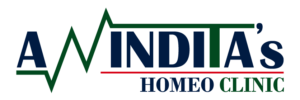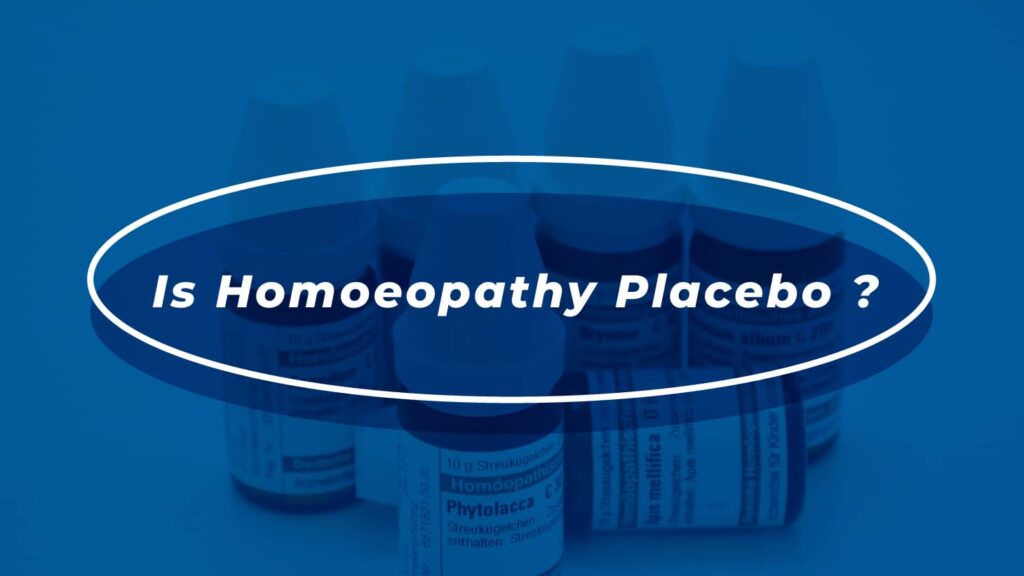Cervical Spondylitis is the age-related wear and tear of your vertebrae affecting your spine disk in your neck. It is a very common disease for 85% of people having age more than 60 years. But recently it is also found that young people also develop such disease due to continuous use of mobile and smartphones throughout the day. While using such devices you commonly keep your head bent forward for a longer time to look at the screen. This puts an extra load on our spine to hold our head which is also one of the heaviest parts of our body in that position causing degeneration of the spine disk in your neck. This can be a permanent problem as the disks dehydrate and shrink, developing the signs of osteoarthritis including bony projections along the edges of bones (bone spurs). It could be very severe if the deformation creates changes in the bone joints and touches nerve roots (spinal cords) or spinal strings.
Causes
a. Age is the most common factor to develop cervical spondylosis.
b. Genetic.
c. Smoking is also clearly linked to increased neck pain, early degeneration, and the development of cervical spondylitis.
d. Prolonged use of smartphones and computers, occupation, and overhead work.
e. Previous injury or trauma to the neck.
f. stress.
g. Deficiency of Vit. B12, D3, calcium.
Symptoms:
For most people, cervical spondylosis causes no symptoms. However, the common symptoms are
a. Pain in the cervical spine or neck
b. headache in the occipital region (the base of the skull).
c. Stiffness in the neck
e. weakness in the arms, hands, fingers, and other muscles
f. A lack of coordination
g. Muscle spasms (sudden & automatic movement in one or more muscles.)
Conventional Treatment
There is almost no permanent cure for Cervical Spondylitis or Arthritis of the Neck in conventional treatment. The treatment includes-
a. Taking pain-relieving tablets.
b. Nonsteroidal anti-inflammatory drugs to relieve the pain and inflammation associated with cervical spondylosis.
c. Steroid injections may be helpful to get rid of severe pain.
d. Drugs like cyclobenzaprine to relieve muscle spasms in the neck.
e. Some epilepsy medications like gabapentin (Neurontin, Horizant), pregabalin (Lyrica), etc. are also used to dull the pain due to damaged nerves.
f. Use of antidepressant medications to ease neck pain.
If conservative treatment fails and your overall health conditions get worsen then you might need surgery to create more room for your spinal cord and nerve roots.
Such surgeries may involve:
a. Removing bone spurs
b. Removing part of a vertebra
c. Fusing a segment of the neck using bone graft and hardware
Physio Therapy
Physio Therapists can teach you some exercises to help stretch and strengthen the muscles in your neck and shoulders. Some people with cervical spondylosis benefit from the use of traction that provides more space within the spine if nerve roots are being pinched.
Homoeopathy Treatment:
Homoeopathy treatment works excellent to provide relief in pain and stiffness in cases of early and mild cases of cervical spondylitis. It is also good for treating moderate to severe cases of cervical spondylitis. It helps in reducing the inflammation of the disc and ligaments. It also improves the mobility of your neck and hands. homeopathic medicines provide relief from tingling sensation and numbness for the patients having nerve root compression. Homoeopathy remedies are safe, non-toxic, and non-habit-forming. The treatment gradually reduces the need for painkillers. With some supportive treatments like yoga, dietary changes, lifecycle improvement, etc. homoeopathy shows excellent results in treating cervical spondylitis.
Supportive Treatment
a. Follow regular exercises to maintain muscle strength, the flexibility of the neck. But avoid exercises like running, high-impact aerobics, lifting heavy weights, etc.
b. Prefer to take a break or try to improve your sitting posture
while driving, reading books, watching TV, working on a computer or smartphone. Try to maintain some arrangements to make your computer or mobile phones screen at your eye level and your feet are supported on the floor. Do not hold your neck in a bent position for more than 10 minutes.
c. Use a thin pillow and sleep on a firm mattress. Do not lie flat on your stomach.
d. Turn on one side while getting up from the lying down position.
e. Do not twist your neck or the body while turning around. Instead, use your feet first to turn around.
f. Use a Bluetooth or hands-free earphone to make calls. Not suggested to use them for a longer time because they may crease some other adverse effects like headaches.
g. Do not drive for long hours, take a break in between.
h. Use backpacks that distribute weight equally on both shoulders. Avoid lifting heavy backpacks or briefcases on one shoulder.
i. Practice yoga with the help of an expert.
Visit Our Social Pages





